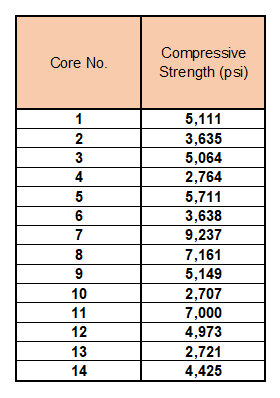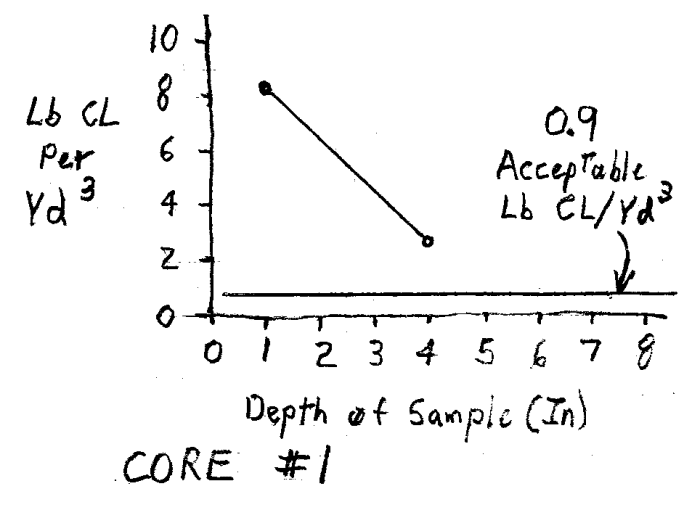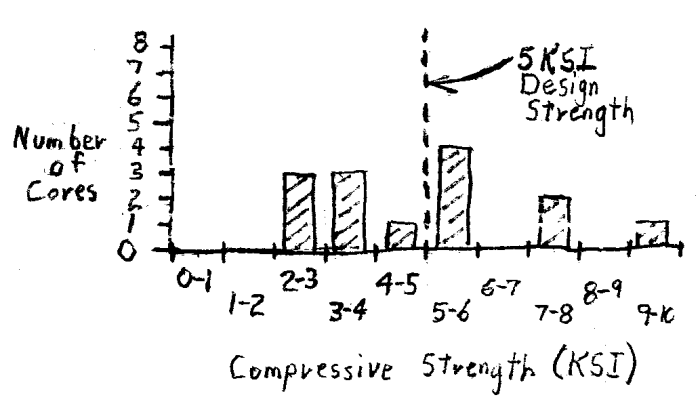Dear Fellow Engineers,
As a part of a concrete deck inspection and evaluation we've done some core sampling and testing for compressive strength and water soluble Chloride content, we got the attached results. the concrete is 60 years old, the mx design strength is 5ksi and the rebar is 60Ksi not coated. I'm just curious how everyone would go through the evaluation process. do you think the chloride content at 1" & 4" is enough? or a full profile would be more advantageous given the additional cost.


MSc in Structural Engineering, PE
As a part of a concrete deck inspection and evaluation we've done some core sampling and testing for compressive strength and water soluble Chloride content, we got the attached results. the concrete is 60 years old, the mx design strength is 5ksi and the rebar is 60Ksi not coated. I'm just curious how everyone would go through the evaluation process. do you think the chloride content at 1" & 4" is enough? or a full profile would be more advantageous given the additional cost.


MSc in Structural Engineering, PE


